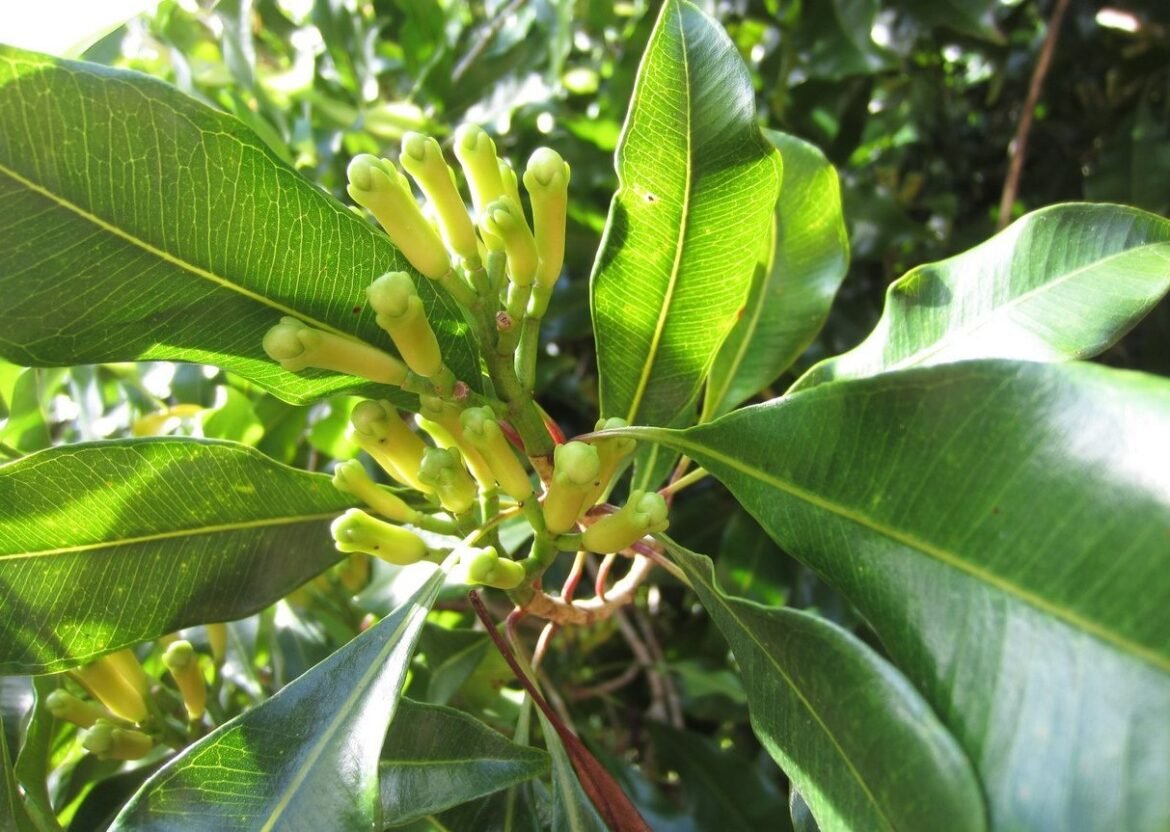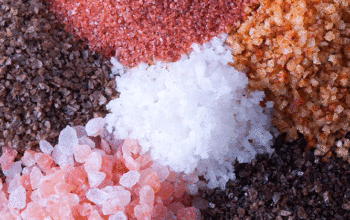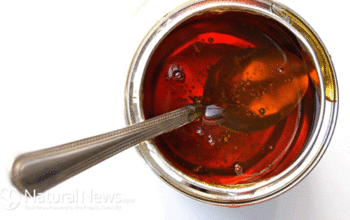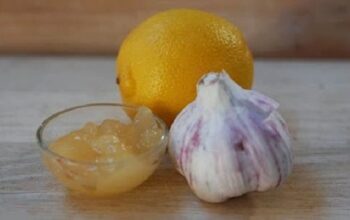Growing cloves at home can be a rewarding experience for gardening enthusiasts and those passionate about cultivating their own spices. Cloves, known for their distinctive flavor and numerous health benefits, are not only a valuable culinary ingredient but also an interesting plant to grow in your garden or indoor space.
Understanding Clove Plants: Varieties and Selection
Clove plants (Syzygium aromaticum) are tropical evergreen trees native to Indonesia’s Maluku Islands. When considering growing cloves, it’s crucial to understand the different varieties and their specific requirements. Most home gardeners can choose between:
- Tropical varieties suitable for warm climates
- Container-friendly dwarf varieties
- Varieties adaptable to indoor cultivation
The key to successful clove cultivation is selecting a variety that matches your local climate and available growing space. If you live in a cooler region, consider growing cloves in a greenhouse or as an indoor potted plant.
Soil Preparation and Environmental Conditions
Clove plants thrive in specific soil conditions that mimic their native tropical environment. Here are the essential soil requirements:
- pH level between 5.5 and 6.5
- Well-draining, rich organic soil
- High humidity levels (around 70-80%)
- Temperatures between 64°F and 90°F
To prepare your soil, mix high-quality potting soil with organic compost and ensure good drainage. If growing indoors, use a large pot with drainage holes and a humidity tray to maintain moisture levels.
Seed Germination and Planting
Germinating clove seeds requires patience and precise conditions. Fresh seeds have the highest germination rate and should be planted immediately after harvesting. Follow these steps:
- Obtain fresh, high-quality clove seeds from a reputable source
- Use a seed-starting mix with excellent drainage
- Maintain consistent soil temperature around 80-85°F
- Keep soil consistently moist but not waterlogged
- Expect germination to take 1-3 months
Ongoing Plant Care
Caring for clove plants involves maintaining consistent environmental conditions and providing appropriate nutrition. Water your plant when the top 1-2 inches of soil feel dry, and ensure it receives indirect sunlight. During growing seasons, fertilize with a balanced, organic fertilizer every 6-8 weeks.
Managing Pests and Diseases
Clove plants can be susceptible to several pests and diseases. Common issues include:
- Aphids
- Whiteflies
- Spider mites
- Root rot from overwatering
Prevent these problems by maintaining good air circulation, avoiding overwatering, and using organic pest control methods like neem oil or insecticidal soap.
Harvesting Your Cloves
Clove trees typically take 4-5 years to produce harvestable flower buds. When harvesting, look for flower buds that have turned from green to a pinkish-red color. Hand-pick the buds and dry them thoroughly in a well-ventilated area away from direct sunlight.
Conclusion
Growing cloves at home requires dedication, patience, and the right environmental conditions. While challenging, the process can be incredibly rewarding. Not only will you have access to fresh, homegrown cloves, but you’ll also enjoy the satisfaction of cultivating a unique and valuable plant.
Remember that success comes with practice, so don’t be discouraged if your first attempt isn’t perfect. Each growing season brings new lessons and opportunities for improvement.





